Residing in one of the most stunning geographical regions in my homeland, Romania, is both a blessing and a curse. On one hand, being surrounded by captivating landscapes where you can leisurely spend your time is undeniably wonderful (I have an aversion to dull places), yet on the other hand, this very allure attracts a horde of tourists...
Tourists, you see, bring with them a cacophony of noise and an unfortunate trail of litter. Nonetheless, they also infuse a considerable sum of funds into the area. This stretch of the Danube's course, situated in the southwestern part of Romania, which I'm referring to, hasn't always been a tourist hotspot—at least not until around 15 years ago.
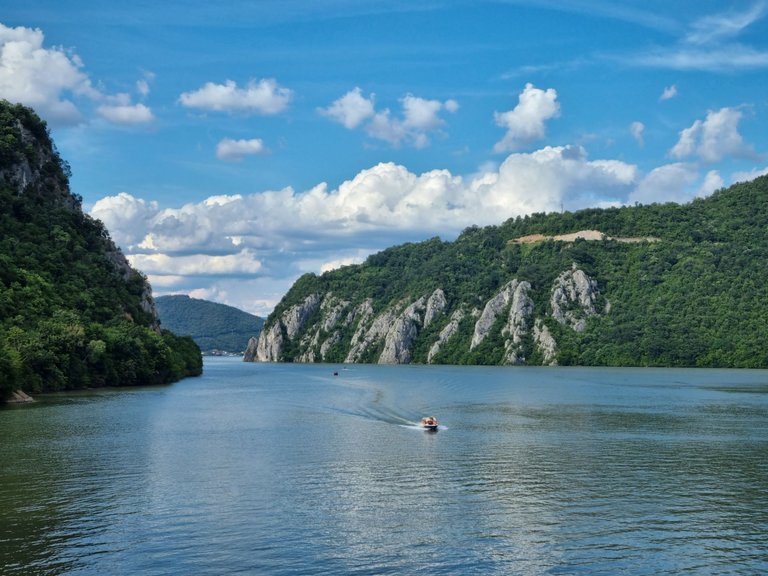
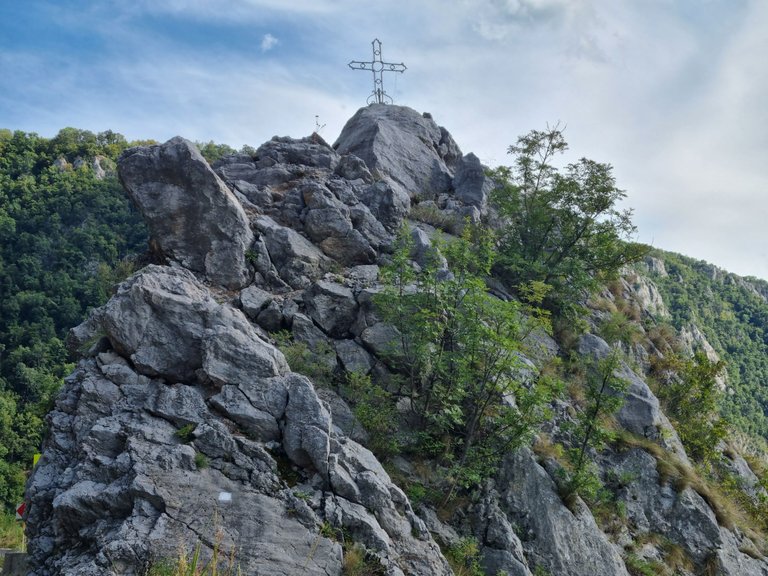
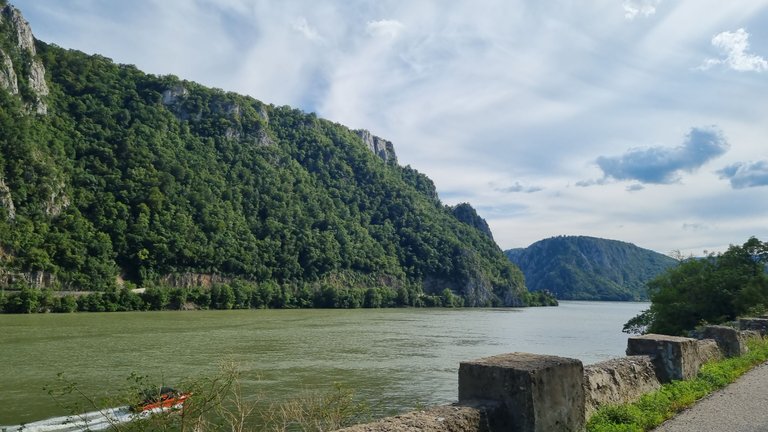
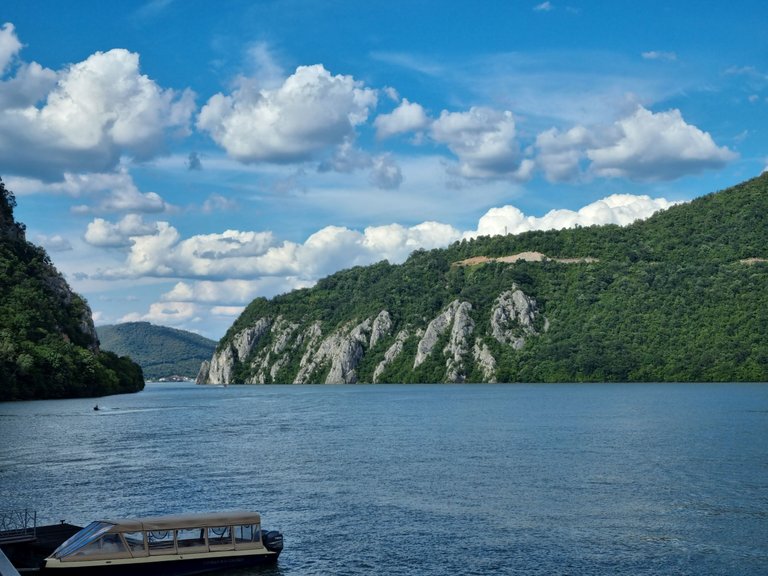
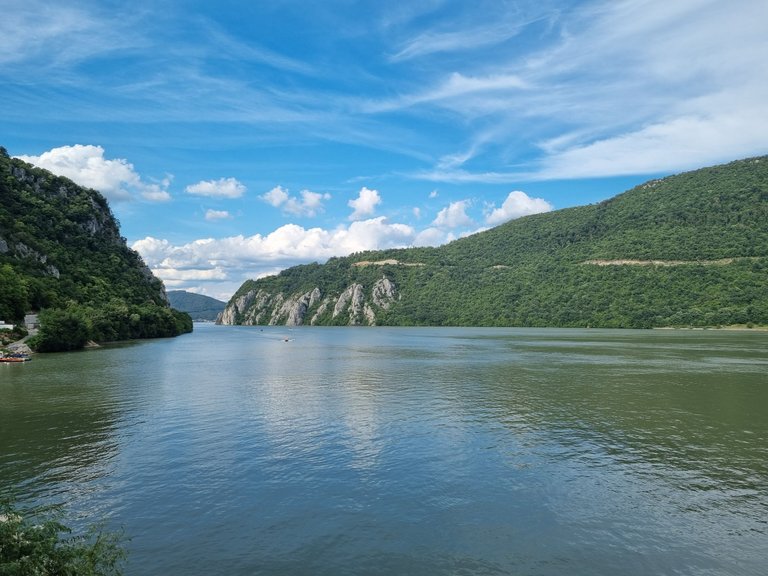
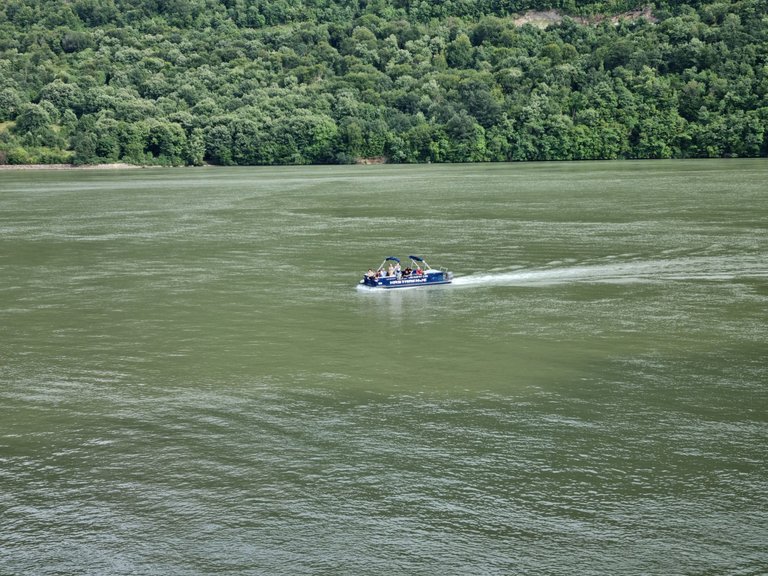
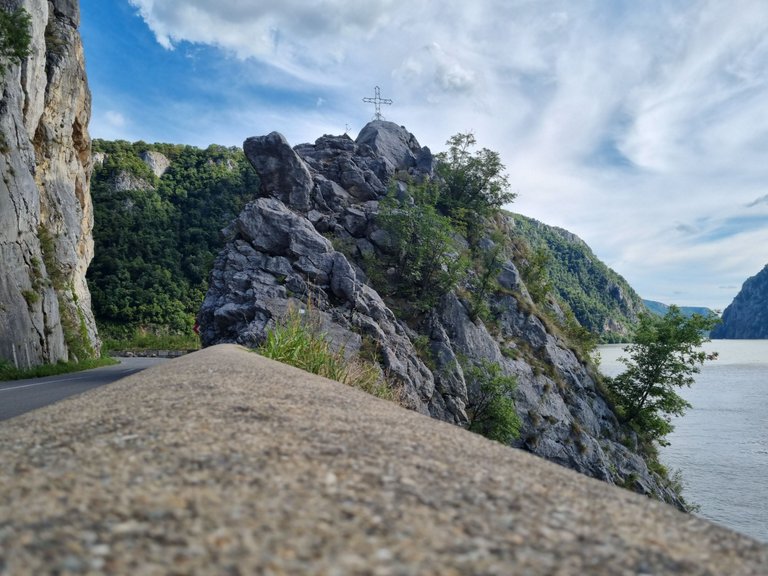
The question that naturally arises is, why?
The answer revolves around Decebalus Face, an immense rock sculpture that stands as the main attraction for visitors making their way here. This colossal endeavor, now at a 70% completion rate from its initial blueprint, was finalized in 2004, and it took a few years for it to gain global attention. While there are two accompanying caves that form part of the standard tour, the veracity remains that without the rock sculpture, this locale would remain largely untouched, with the boat tours mainly catering to these two caves.
Nonetheless, the timeless Danube River has been meandering through this terrain for thousands of years, and the images I am eager to share with you in this @pinmapple post showcase a specific section of this vast waterway's journey—aptly titled "The Danube's Whirlpools."
Perhaps you're wondering why on earth this particular segment of the Danube is bestowed with such a name. The reason lies within the water's interactions as it courses through the rocky mountains that encircle it, creating a visually captivating spectacle that resembles the churning of boiling water—hence, the moniker "Danube's Whirlpools."
I've captured these photographs during a recent short road trip, undertaken just yesterday. While there might be a collection of additional photos on my blog, depicting the area from a boat's vantage point, this time I've taken the liberty to snap some shots from the sinuous road that skirts the water's edge.
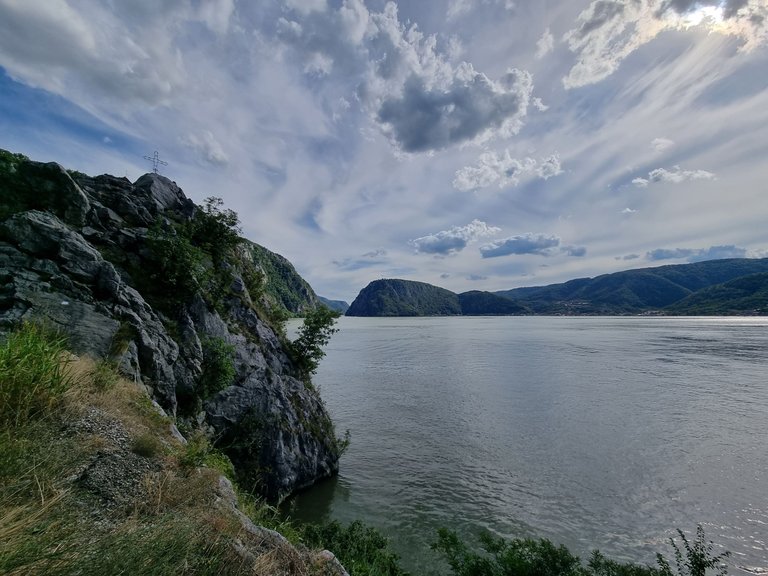
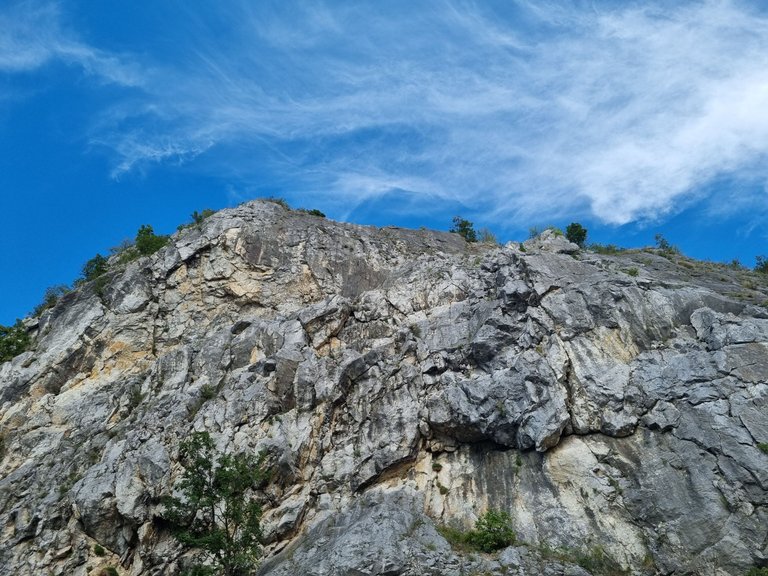
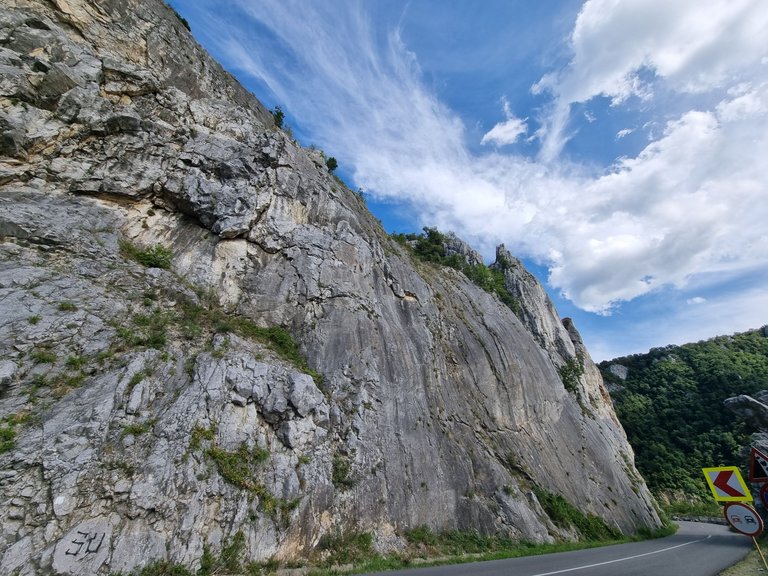
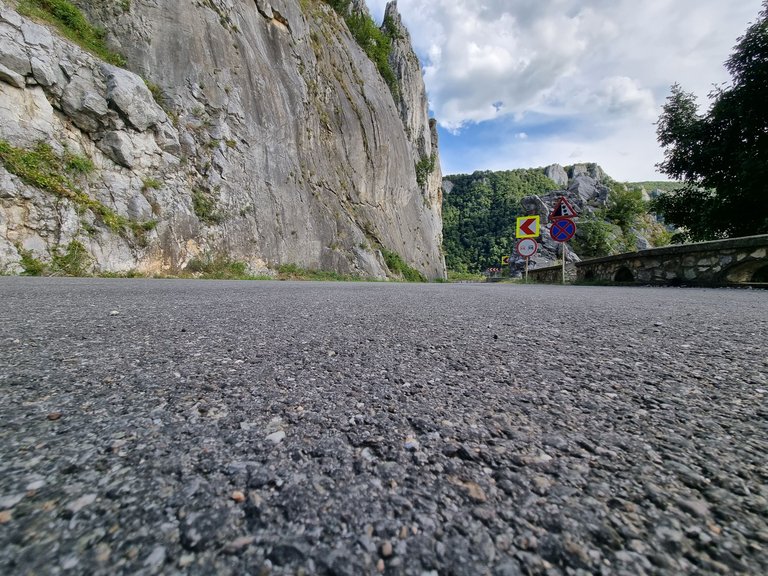
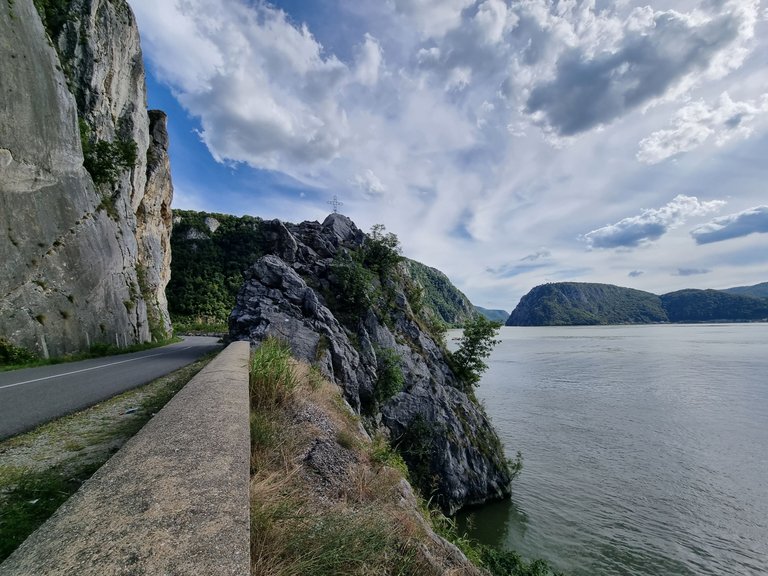
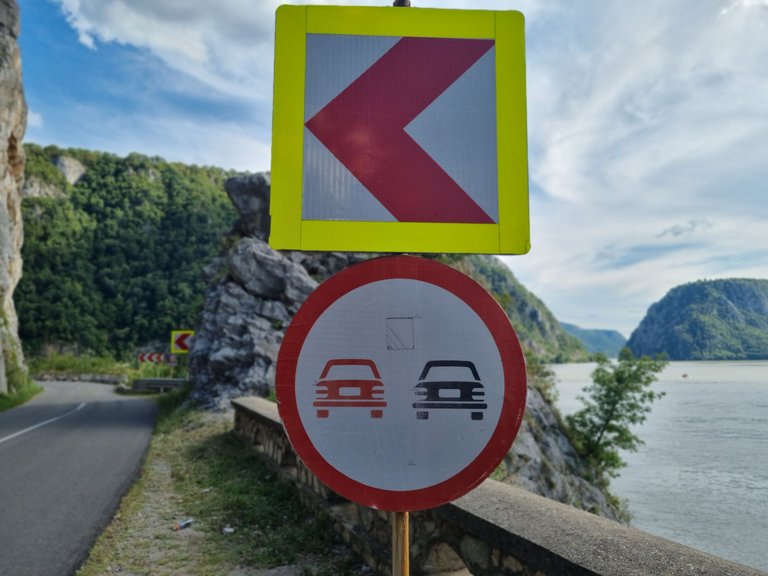
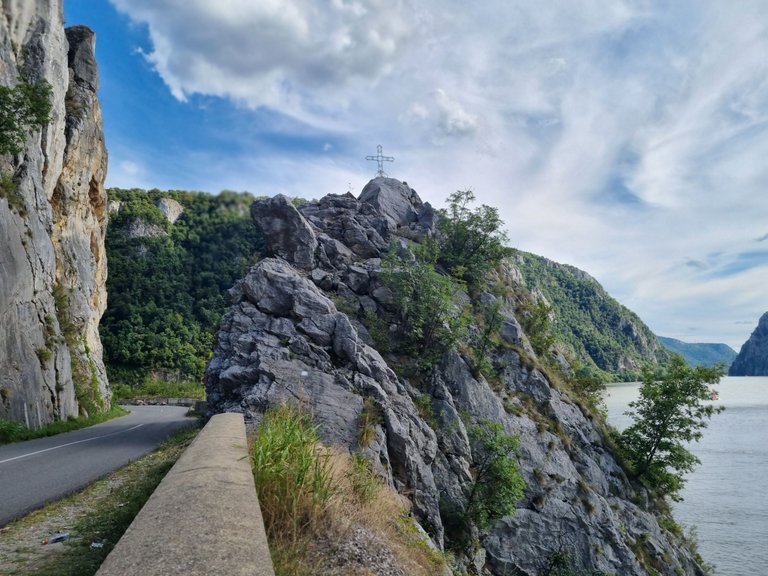
This peculiarly named region spans a mere length of approximately 10 kilometers (at most). Yet, it's worth noting that the water depths here reach a staggering 120 meters. Additionally, this modest stretch of the Danube serves as the most constricted point between Romania and Serbia, as the river itself forms a naturally occurring border, merely about 200 meters apart.
The water effects in this area are most pronounced when water levels recede, particularly during spring when significant influxes of water are anticipated. Though these water phenomena might not be immediately visible from the road I traversed yesterday, I assure you that the journey itself is more than worthwhile.
With this, I'll bid you adieu for the moment. Wishing you all a splendid day ahead, and until next time.
Thanks for your attention,
Adrian
